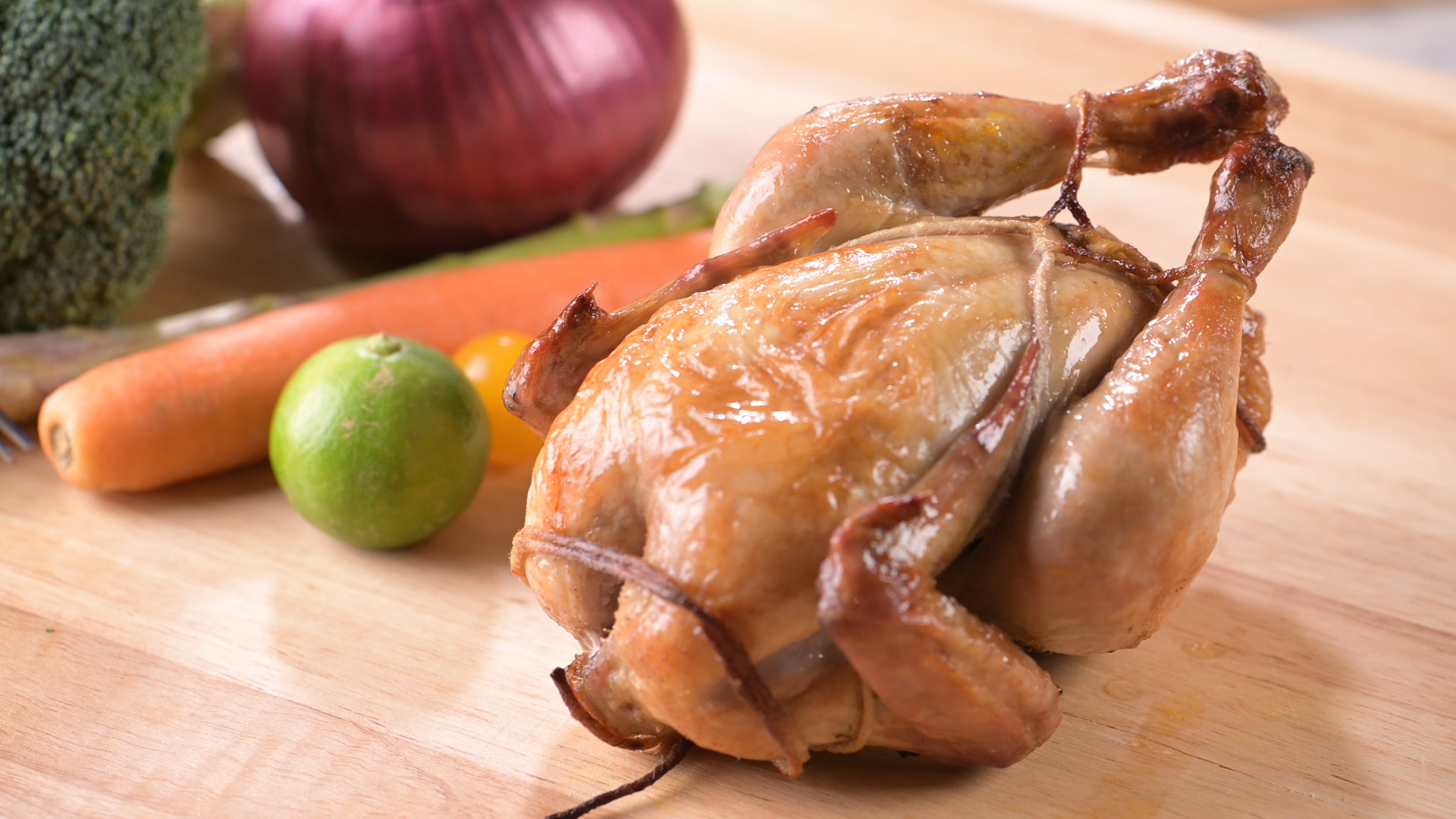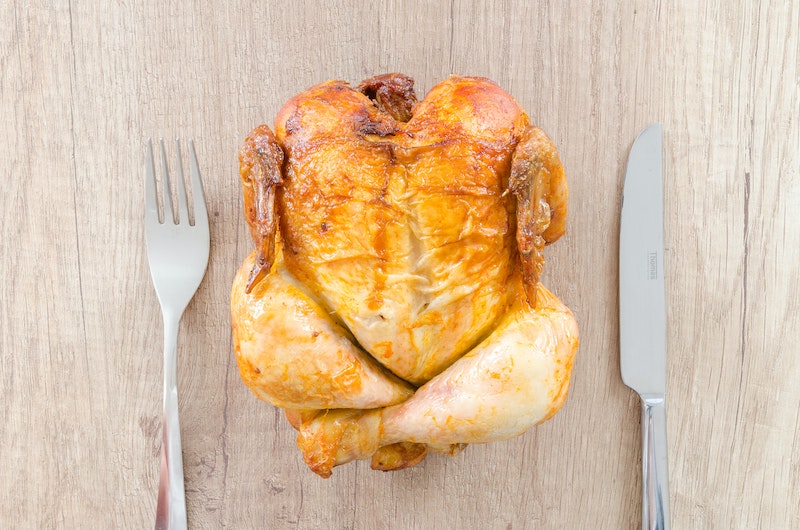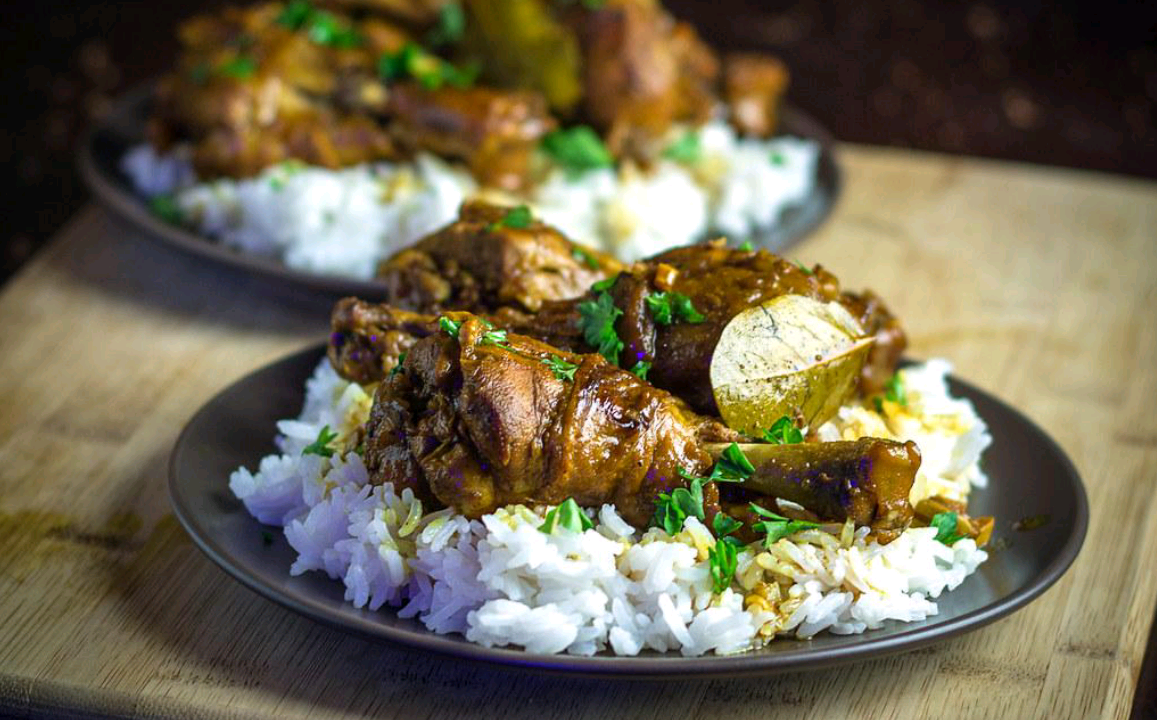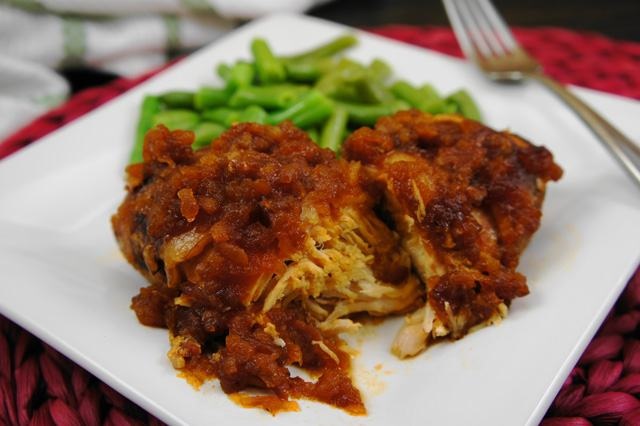Food safety is considered to be one of the most important aspects of food production today; it is estimated that restaurants and food production facilities in low and middle-income countries lose over $110 billion in productivity and medical expenses due to illnesses caused by poor food safety norms. It seems obvious to assume that the solution to these monetary and productivity losses is simple: Implement food safety norms in all food production facilities. But it is crucial to consider that the effectiveness and practicality of food safety norms tend to differ according to external factors such as:
- Facility Size
- Intended Customers of the product
- Management Commitment and Food safety culture
- And the most salient of factors: Processes.
Amongst the wide variety of processes that occur in any food establishment, Cooking is widely accepted as an important CCP or Critical Control Point, especially when considering catering and restaurant facilities. That being said, cooking process factors such time and temperature carry high significance when it comes to protein-rich products such as chicken and other kinds of poultry due to its risky nature.
Chicken and poultry are known to be the fourth-most common product to cause food borne illnesses in the United States, and consumption of contaminated and/or uncooked poultry is considered to be the number one cause of death across the US. According to the CDC or Center for Disease Control, it is estimated that over 1.25 million infections are caused by Salmonella, which is a common food-borne pathogen spread through contaminated or uncooked poultry; additionally, uncooked/undercooked poultry are also known to be reservoirs of other deadly pathogens such as Campylobacter and Clostridium perfringens. Thus, in order to prevent further infections from contaminated poultry, stringent food safety norms in regards to its preparation have to be implemented.
The first step towards safe preparation of chicken or poultry is to prevent cross-contamination, which usually occurs during the handling process. Common errors such as washing of raw chicken can cause extensive contamination of kitchen equipment, resulting in major cross contamination and potential for food borne illness to spread.
The second, most vital step in safe preparation of chicken/poultry is also considered to be one of the most important critical control points in any food-production establishment: Cooking. Cooking of any food product is a delicate combination of two factors: Temperature and Time. If precise, the amalgamation of these factors can result in a product that is not only of exceptional quality, but also safe to consume. The general concept of this factor combination is simple: The higher the temperature, the lesser amount of time the product has to be subjected to heat. This concept is better illustrated in the form of a template, such as this: TEMPLATE. When cooking any kind of poultry, only the internal temperature of the product should be taken into account while calculating safety/doneness, and this process can be executed through the use of specialized equipment such as IR thermometers or meat/probe thermometers.
In most large-scale production facilities, such as restaurants or QSR’s, time is an important factor to consider in order to maintain a certain customer satisfaction. In these cases, the process that tends to take the least amount of time is usually undertaken, but if executed poorly, could result in cross contamination and subsequent food borne illness risks. In order to avoid this scenario, food workers such as chefs and other employees need to be trained in correct time-temperature combinations which can effectively eliminate pathogens in poultry products. These temperature-time combinations tend to differ according to factors such as sub-type of meat, i.e., the highest cooking temperature for dark meat (thighs and legs) is 79°C (174.2°F), which is different in comparison to ground meat, which is 74°C (165.2°F). These time-temperature combinations are better illustrated here:

Thus, there is no singular right temperature to cook chicken and other poultry; it can be considered to be a blend of different elements, such as time, temperature, and type of meat. Educating home-grown cooks as well as professional chefs and food workers in Cooking Temperatures and other aspects of basic food safety and hygiene can help contribute to the prevention of food-borne diseases that tend to strain healthcare systems and cause monetary losses for millions of businesses worldwide.






